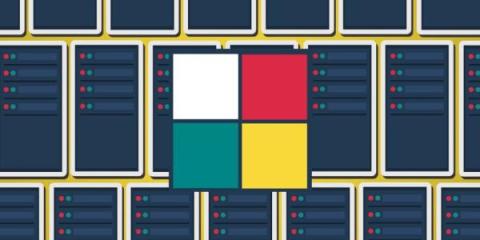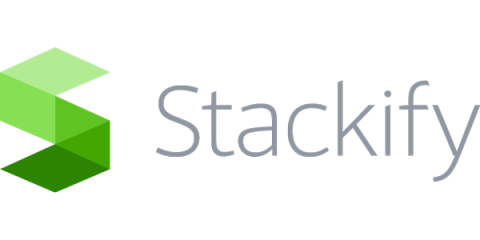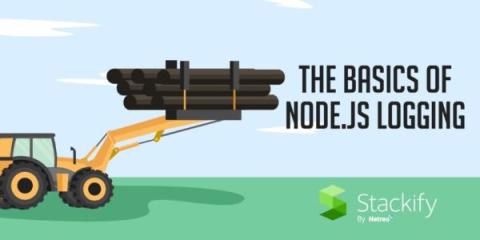What is IIS?
In this post, we’re going to take a close look at IIS (Internet Information Services). We’ll look at what it does and how it works. You’ll learn how to enable it on Windows. And after we’ve established a baseline with managing IIS using the GUI, you’ll see how to work with it using the CLI. Let’s get started!











